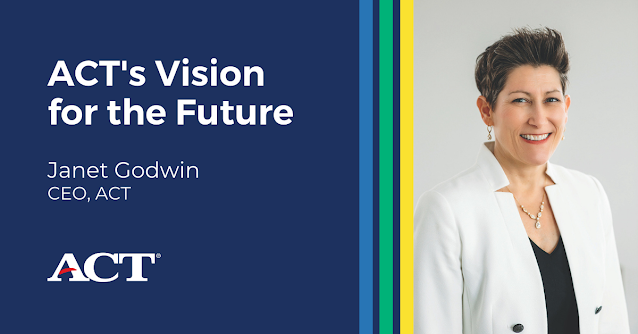Grade inflation occurring in every subject, with highest rates in STEM subjects
IOWA CITY, Iowa — The average GPA for high schoolers continued to rise between 2010 and 2022, with evidence of grade inflation in high school math, science, English, and social studies courses, according to a new report released today by ACT, the nonprofit organization that administers the college readiness exam. In a 12-year time frame, the average adjusted math GPA increased from 3.02 to 3.32, a 0.30 grade point change — the highest across all subjects.“While average GPAs have risen over the past 12 years across all core academic subjects, this has not corresponded with improvements in other measures of academic achievement, particularly in mathematics,” ACT CEO Janet Godwin said. “We already knew that grade inflation is a persistent, systemic problem, common across classrooms, districts, and states. We now know that grade inflation is happening across the entire curriculum, and is most pronounced for mathematics, as average grades have gone up at the same time as we have seen alarming declines in mathematics scores and other readiness measures. Less reliable grades will make it even more challenging for students to determine their next steps beyond high school.”
Grade inflation is when the assignment of grades does not align with content mastery. For all subjects examined from 2010 to 2022, the percentage of students assigned B and C grades declined, while the number of students who were assigned A grades increased. These higher grades were not associated with improved achievement on the ACT exam.
“As average high school GPA continues to increase, more students are receiving A grades and fewer students are receiving B and C grades. This makes it more difficult to use GPA to understand students’ academic achievement and preparation for college,” explained Dr. Edgar I. Sanchez, a lead research scientist at ACT and author of the report. “Grade inflation is making grades a less reliable measure of how well a student is performing academically and how prepared they are for future endeavors, including college.”
The rate of grade inflation varied by subject and by student group. Grade inflation rose the most in math, on average, particularly in the later years of the study, followed by science, English, and finally social studies, which had the least grade inflation.
“Grade inflation is truly systemic because it is happening everywhere, in every subject, for every kind of student. That’s why this is a challenge for policymakers — not teachers — to remedy, and it is up to policymakers to devise solutions that provide every student the opportunity for academic readiness and success,” Godwin said. “It’s important that students have a clear picture of who they are and what they are able to do as they consider postsecondary paths — whether that includes a two- or four-year school, an apprenticeship, a trade or certificate program, or entering the workforce.”
Key findings:
- Grade inflation was highest in math courses. During the 12-year timeframe for the study, for math, adjusted subject GPA increased from 3.02 to 3.32, a 0.30 grade point change (i.e., increased from a B letter grade, on average, to B+).
- The percentage of students in English, math, social studies, and science who reported receiving an A GPA increased by 9.6, 11.4, 10.7, and 12.2 percentage points, respectively, from 2010 to 2022.
- Grade inflation occurred for all students.
- The rate of grade inflation was similar for students from all family income groups.
- Female students experienced more grade inflation than male students in all four subject areas.
- In all subjects, Black students experienced the greatest grade inflation when compared to white, Hispanic, and students from other racial/ethnic groups. When comparing Black, Hispanic, and students from other racial/ethnic groups to white students, Black students tended to have greater grade inflation than white students, while Hispanic and students from other racial/ethnic groups tended to have lower grade inflation than white students.
- Schools with a higher proportion of students eligible for free or reduced-price lunch experienced higher rates of grade inflation than schools with lower proportions of eligible students.
- Schools with fewer students of color had higher rates of grade inflation than schools with more students of color.
ACT is a mission-driven, nonprofit organization dedicated to helping people achieve education and workplace success. Grounded in more than 60 years of research, ACT is a trusted leader in college and career readiness solutions. Each year, ACT serves millions of students, job seekers, schools, government agencies and employers in the U.S. and around the world with learning resources, assessments, research and credentials designed to help them succeed from elementary school through career. Visit us at www.act.org.
Contact: Allie Ciaramella; allie.ciaramella@act.org
.png)




